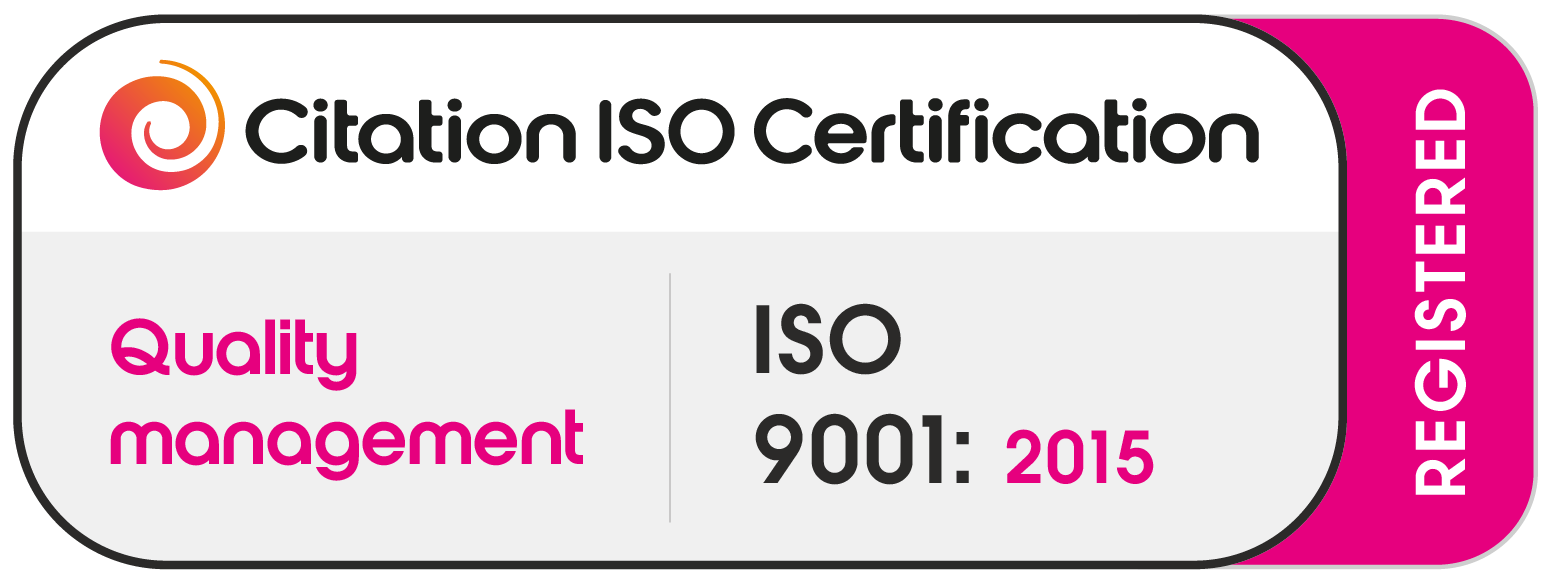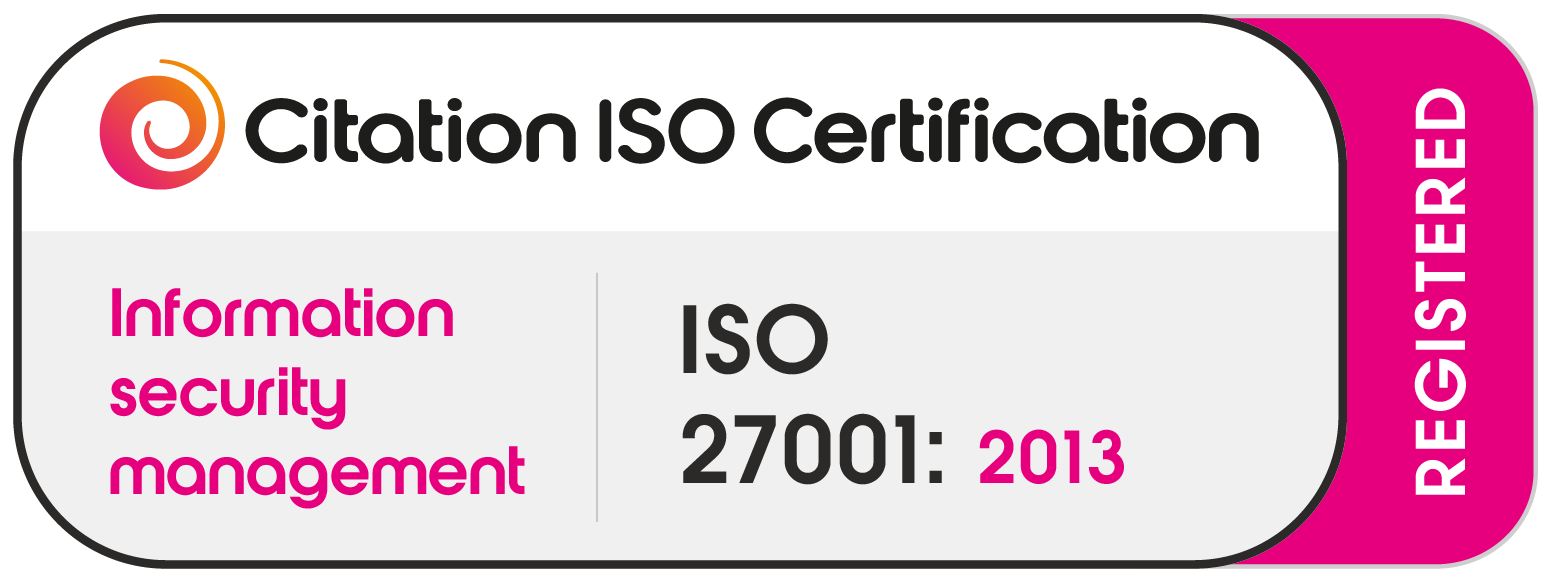If you’re running post-merger integration (PMI), you’re sitting in the value seat. The deal might be done, but this is where the return is either realised — or quietly missed. Much of the success is related to the Integration Approach, especially how the buyer operates their team.
There are multiple ways to run integration. Below are two common models we’ve seen in practice — along with a third option that’s often overlooked but increasingly relevant for fast-moving acquirers.
Model 1: Lean and Fast – Organic Integration
This approach is fast, light, and scalable. Integration is handled by internal teams, with minimal external support. Tools and templates are reused, meetings are limited, and delivery teams are empowered to make decisions quickly.
It suits serial acquirers who want to minimise disruption, protect the day job, and keep costs under control. Integration cycles are short, staff stay focused, and the business builds repeatable internal capability. Firms we’ve worked with in this space are serial acquirers and complete deals within a couple of weeks, even large deals
When it works best:
- You’re doing 3+ acquisitions per year
- The target’s product is staying intact
- You want speed and scalability over polish
Model 2: Structured – IMO (Integration Management Office)
This is the traditional playbook — formal workstreams, external consultants, detailed plans, and frequent steering meetings. It offers clarity, controls risk, and is ideal when the acquirer has limited internal experience or when integration is complex.
But it’s time-intensive. Staff can lose focus on their day jobs, momentum slows, and cost-to-integrate can creep up — especially if used repeatedly. So these firms may not be as acquistive and they may lean on more external consluting support as this is more of a ‘one off’ exercise.
When it works best:
- This is your first or second acquisition
- There’s significant overlap or integration risk
- You need to align leadership across both firms
Model 3: Federation – Integrate Less, Move Faster
This is often a deliberate choice, not a failure to integrate. Keep systems separate, focus on commercial alignment, and unify only where value demands it. Think shared vision, not shared platforms.
Federation allows the acquired company to operate with autonomy while benefiting from group-level support or access. Integration teams shift from project managers to enablers and connectors.
When it works best:
- You’ve acquired a high-performing business
- Integration risk outweighs the reward
- You need fast access to revenue, not deep synergy
What tends to happen
If firms are or become serial acquirers they tend to go throguha. journey of using officialy PMI strucutres and developing an Integration Management Office (IMO). But manuy find this creates a ~20% extra overhead of management meetings foir all M&A stakeholders. So they tend to reduce the meetings to work on an exception basis where Corp Dev and the Project Management reach out and push the integration teams (hard) when they need something.
This makes sense as your meeting architecture will be heavily influenced by your firm’s culture. But most firms also spend a year or two getting this right. So, some tips to define your integration approach.
- Pick the right model for the deal, not the business
Don’t standardise too early. Some integrations need rigour. Others need speed. Few need both. - Know what not to integrate
Tech, HR, ops — these are tempting areas to unify and synergise, but not always necessary. Integrate for value, not for symmetry. - Protect your best people’s time
Integration burns attention. Limit meetings. Assign clear decision rights. Let operators operate.
M&A Success is Ultimately About Internal Team Cohesion
As a PMI lead, your job isn’t to follow a fixed playbook. It’s to design the right integration for this deal, at this time. That might mean going full IMO. Or running lean and fast. Or choosing federation to avoid unnecessary disruption.
The integration itself is a strategic lever — use it deliberately.
The key is to analyse and improve your team culture, not to overlay playbooks and project tools/meetings. When the buy-side team are aligned, the project is much easier to deliver. So, while we often conduct diligence on the targets we acquire, some of that effort should also include a healthy self-evaluation of our own teams.







